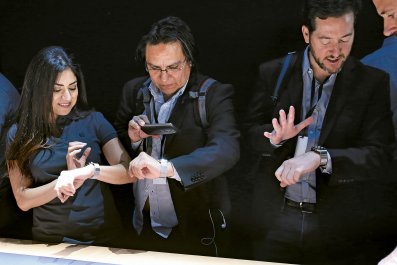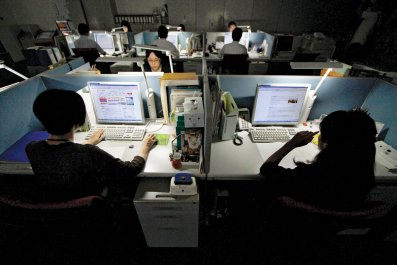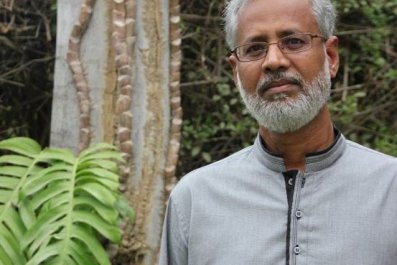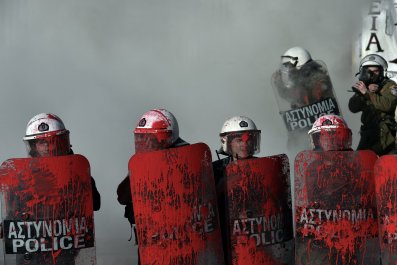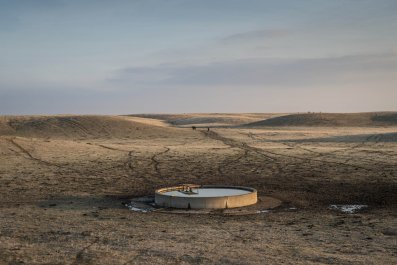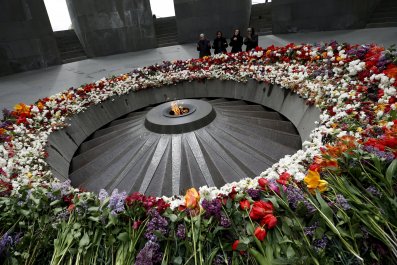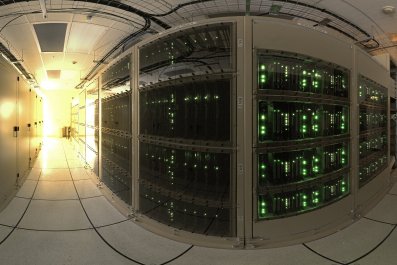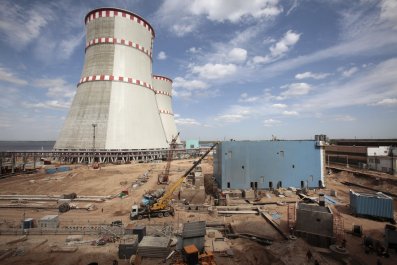We're all familiar with the lighter elements of the periodic table—the noble gases and mainstay transition metals, such as iron and copper.
The real fun, however, is down at the bottom, among the heavy elements with strange names (einsteinium?) and dangerous radioactivity. The behavior, function and even appearance of many of these heavy metals is a total mystery. Some decay so quickly—a split second—that it's surprising we know they exist at all.
One heavy metal is undergoing something of a renaissance. For years, californium—a radioactive element first synthesized by Cold War–era nuclear scientists at the University of California, Berkeley, who gave it its name—has been used mostly as a component in metal detectors. But Thomas Albrecht-Schmitt, a researcher at Florida State University, has discovered new properties of californium that may someday help the United States store and recycle its spent nuclear fuel. In experiments described last year and this month in Nature journals, Albrecht-Schmitt disproved common assumptions that there were technological limits and quirks in the way californium bonds with other elements, preventing scientists from manipulating it. The prevailing view was "you can't monkey around with their chemical behavior," he says. "We've shown that you can."
"Californium's chemistry is much more like a transition metal, like iron or tungsten or gold," he says. "With transition metals, we have exquisite control over all their properties." It turns out that one can bond californium with other elements, make it glow green like kryptonite and maybe even toy with its magnetism. Most important, scientists may be able to use it to extract reusable components of spent nuclear fuel, separating them like "oil on top of water," he says.
Unlike in Europe, Russia and Japan, where spent uranium is processed and recycled, the 99 nuclear power plants in the U.S. are "using only a very small fraction of the available energy in the fuel, and then you're throwing it away and burying it," says heavy-metal scientist Kenneth E. Gregorich, of the Lawrence Berkeley National Laboratory. That's partly because fresh uranium is still relatively inexpensive. But storage is risky and costly: the stuff is hot, both physically and radioactively. As Albrecht-Schmitt points out, "What happens if a natural or deliberate disaster occurs at a used fuel repository?"
Someday, the U.S. could join other countries in recycling nuclear fuel, reducing the amount that goes into storage and cutting the need for freshly mined uranium by 30 percent. If that's to happen with californium, scientists will likely need to convince the energy industry that the benefits of recycling outweigh the initial price tag: the 5-milligram dab Albrecht-Schmitt used for his research cost $1.4 million.





